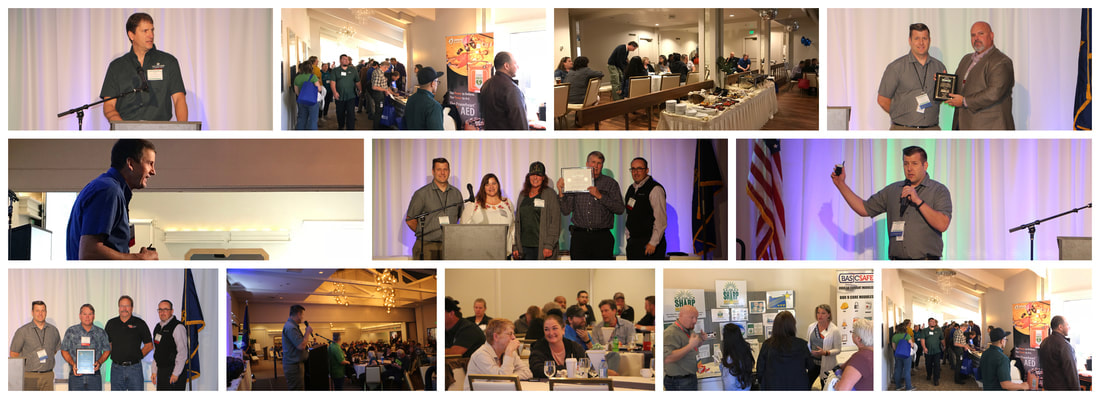
It seems that there are all kinds of new safety rules coming out these days. In the last couple of years, we have seen new rules covering COVID-19, Heat Illness Prevention, Wildfire Smoke, Silica Exposure, Manganese in Welding, OSHA Penalties, and others. And guess what! There are more coming.
Federal OSHA is in the final rules stage in Hazard Communication updates and Tracking of Workplace Injuries. They also have proposed rule updates for Cranes in construction, Lock Out, Tree Care, PPE in construction, Walking and Working Surfaces, Forklifts, and others. It is likely these will eventually begin to show up in the OR-OSHA rules as well.
You can read the rules. You can ask questions to OSHA about their intent and application. You can attend classes at conferences to learn more. But did you know that your safety peers in the community may also be sources of information for rule changes and how those changes will be implemented? In fact, because of the networking afforded by our monthly meetings (generally the first Tuesday of each month), you can meet with peers and either ask them how they are responding to the changes, or maybe you have it all figured out, and you can share what you are doing with these new challenges.
In the local safety community, networking is highly important. We re-energize and support each other. Quite often we learn from each other. Besides the professional lasting relationships we develop, these attributes of networking are what it’s all about. All you have to do is choose to be plugged in and participate.
If you are already attending and participating, help to bring others along in our safety community. If you are not attending, think of how much you are missing out on. Despite so many of us being very busy these days, most will tell you that the time spent in the American Society of Safety Professional’s Southern Oregon Chapter gatherings are of great value. The networking and the training are worth the time. As noted above, with all the changes coming to safety rules, it will be difficult for one person to know and do it all, but together we can decipher the changes and find best practices for implementation.
Remember, our monthly meetings are the first Tuesday of each month (holidays may cause the date to move out a week on occasion) at Black Bear Diner starting usually at noon. Safety community members begin showing up at 11:30 though to ensure the networking time. I hope to see you there.
Chris Lawrence
Chapter President

 RSS Feed
RSS Feed
